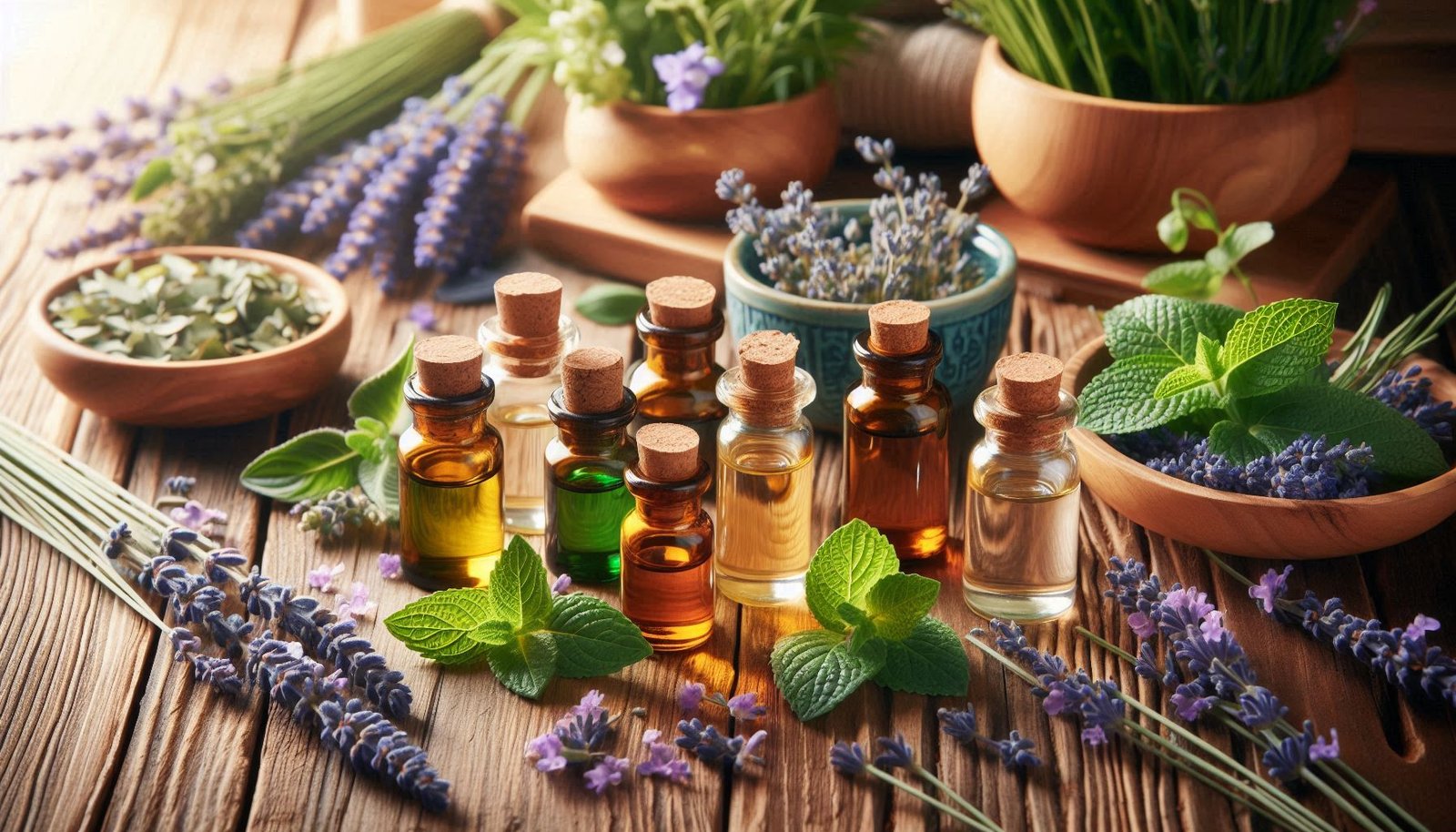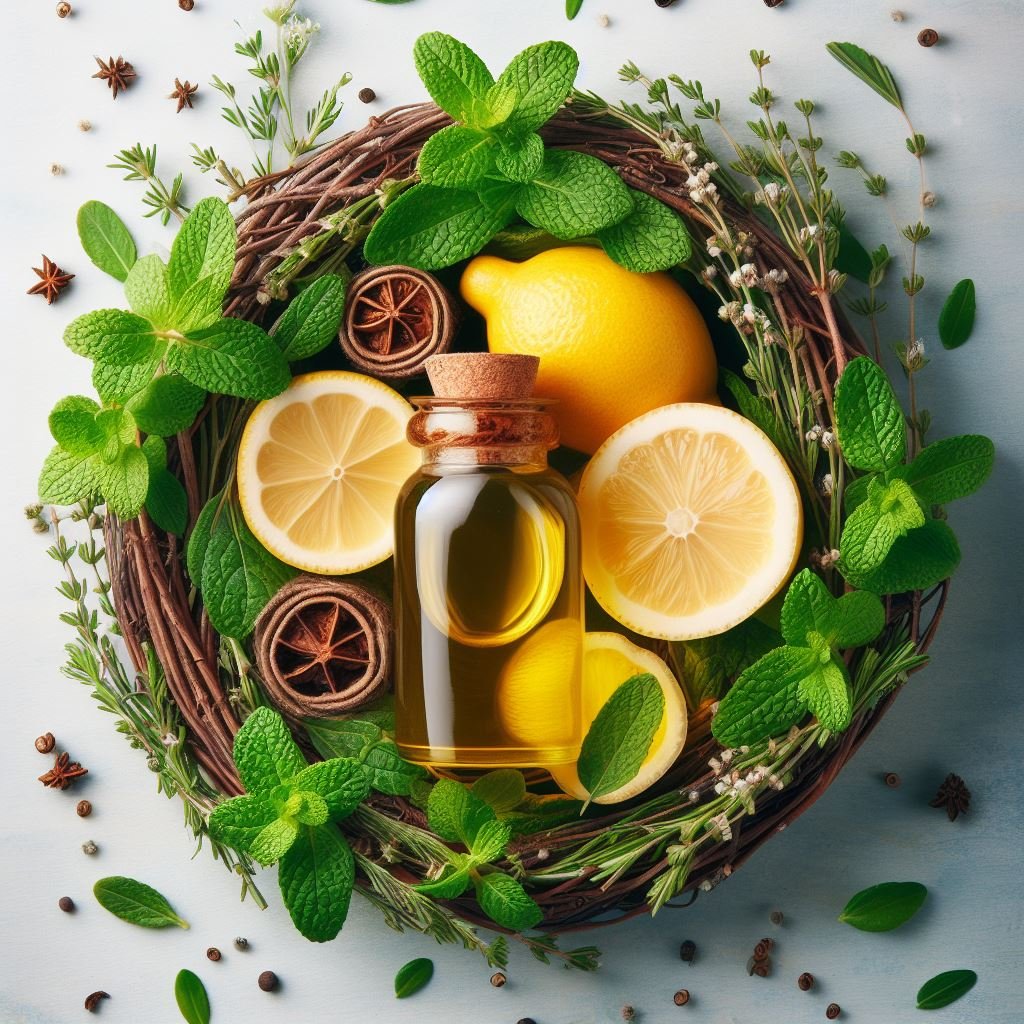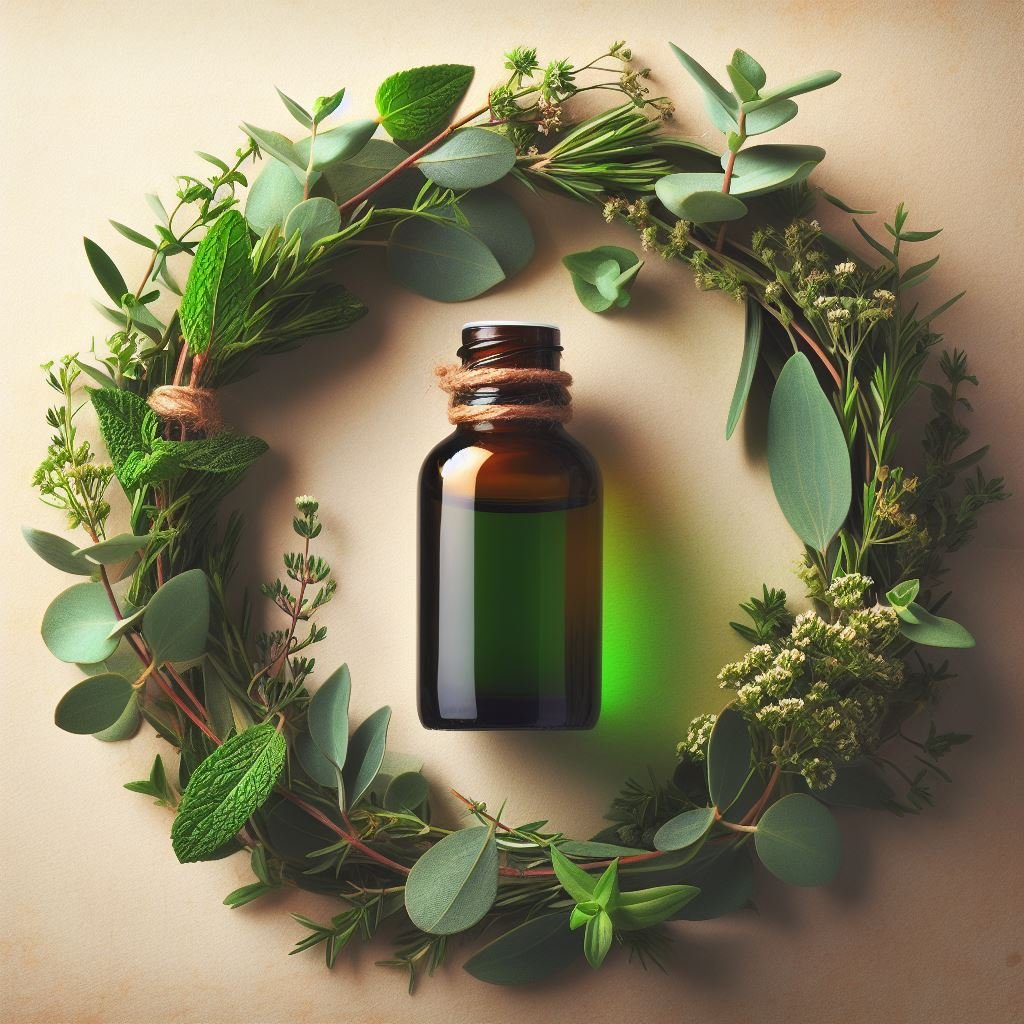Essential Oils and Health: The Power of Nature
🌺 Essential oils are natural oils extracted from the essences of plants and have been used for centuries to support health, beauty and mental balance. Each oil is extracted from the leaves, flowers or bark of the plant and offers various health benefits due to its unique chemical composition. These oils are widely used in natural medicine for aromatherapy, massage and skin care.
🌻 The uses of essential oils are extremely varied. While lavender oil has a relaxing effect, tea tree oil has antiseptic properties that help heal small skin wounds. Peppermint oil is known for its ability to promote mental clarity and relieve headaches. In addition, essential oils are also used in natural cleaning products and perfumes.
🍇 As awareness of a healthy lifestyle increases, so does the importance of essential oils. People looking for natural alternatives to chemical products use these oils for both physical and mental well-being. The use of essential oils offers powerful support for those who want to maintain a natural lifestyle.










